The textile industry is undergoing a significant shift towards sustainability, with recycled materials emerging as a popular choice for eco-conscious consumers and manufacturers alike. Among these, recycled nylon spandex fabric, recycled ripstop nylon fabric, and recycled nylon fabric have become increasingly prevalent due to their performance attributes, particularly in terms of stretch and durability.
The Rise of Recycled Fabrics:
The fashion industry, long criticized for its environmental impact, has turned to recycled nylon spandex fabric as a sustainable alternative to traditional materials. This fabric is created by repurposing waste nylon, reducing the need for virgin materials and minimizing environmental harm. Similarly, recycled ripstop nylon fabric and recycled nylon fabric have gained traction for their robustness and eco-friendliness.
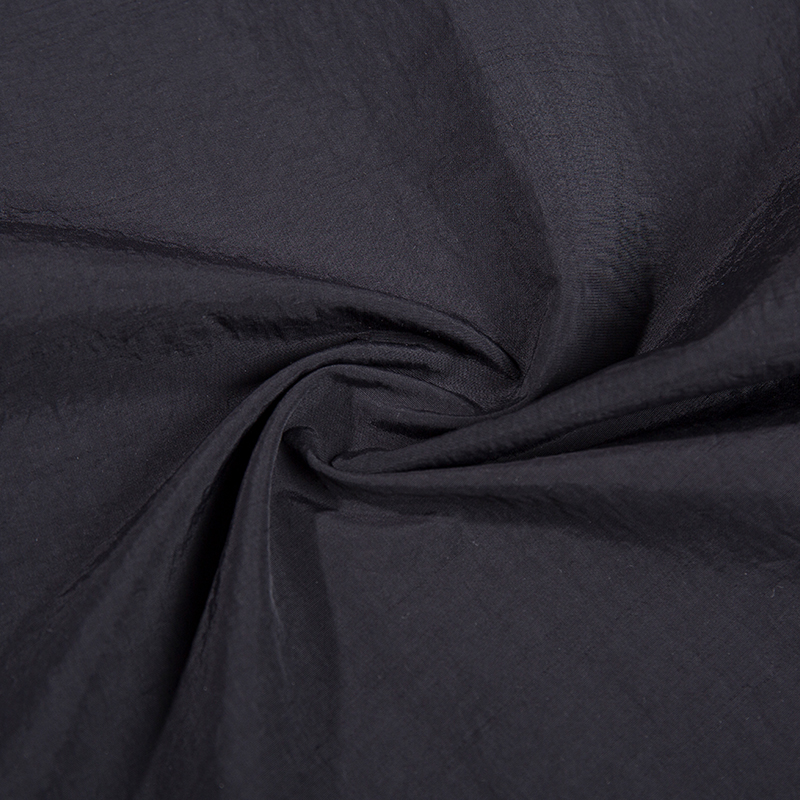
Stretch in Recycled Nylon Spandex Fabric:
Recycled nylon spandex fabric stands out for its exceptional stretch capabilities. This characteristic is crucial for activewear, swimwear, and other garments that require flexibility and comfort. The inclusion of spandex in the fabric composition enhances its elasticity, allowing for a greater range of motion and a snug fit. Compared to recycled ripstop nylon fabric, which is designed for tear resistance rather than stretch, recycled nylon spandex fabric offers a more flexible and comfortable option for many applications.
Durability of Recycled Fabrics:
Durability is another critical factor when assessing the performance of fabrics, especially in high-wear environments. Recycled nylon fabric is known for its resilience, holding up well to repeated use and washing without losing its shape or integrity. This is particularly important in the production of outdoor gear and workwear, where fabrics must withstand harsh conditions. Recycled ripstop nylon fabric, with its reinforced weave, further enhances durability, making it ideal for applications where the fabric may be subjected to abrasion or tearing.
Comparative Analysis:
When comparing the stretch and durability of recycled nylon spandex fabric, recycled ripstop nylon fabric, and recycled nylon fabric, it's clear that each has its strengths. Recycled nylon spandex fabric excels in stretch and comfort, making it good for active and athletic wear. Recycled ripstop nylon fabric, with its added tear resistance, is a top choice for outdoor and tactical gear. Lastly, recycled nylon fabric provides a balance of stretch and durability, suitable for a wide range of applications from casual wear to upholstery.
Sustainability in Action:
The use of recycled nylon spandex fabric, recycled ripstop nylon fabric, and recycled nylon fabric is not just about performance; it's also a statement about sustainability. By choosing these materials, manufacturers are reducing waste, conserving resources, and contributing to a circular economy. Consumers are increasingly aware of the environmental impact of their purchases, and these fabrics meet the demand for products that are both high-performing and eco-friendly.
In conclusion, recycled nylon spandex fabric, recycled ripstop nylon fabric, and recycled nylon fabric each offer unique benefits in terms of stretch and durability. As the textile industry continues to prioritize sustainability, these fabrics are becoming more prevalent and are likely to shape the future of fashion and functional clothing. By understanding the differences between these recycled fabrics, designers and consumers can make informed choices that align with both performance needs and environmental concerns.
 EN
EN English
English 中文简体
中文简体 Español
Español عربى
عربى bahasa Indonesia
bahasa Indonesia



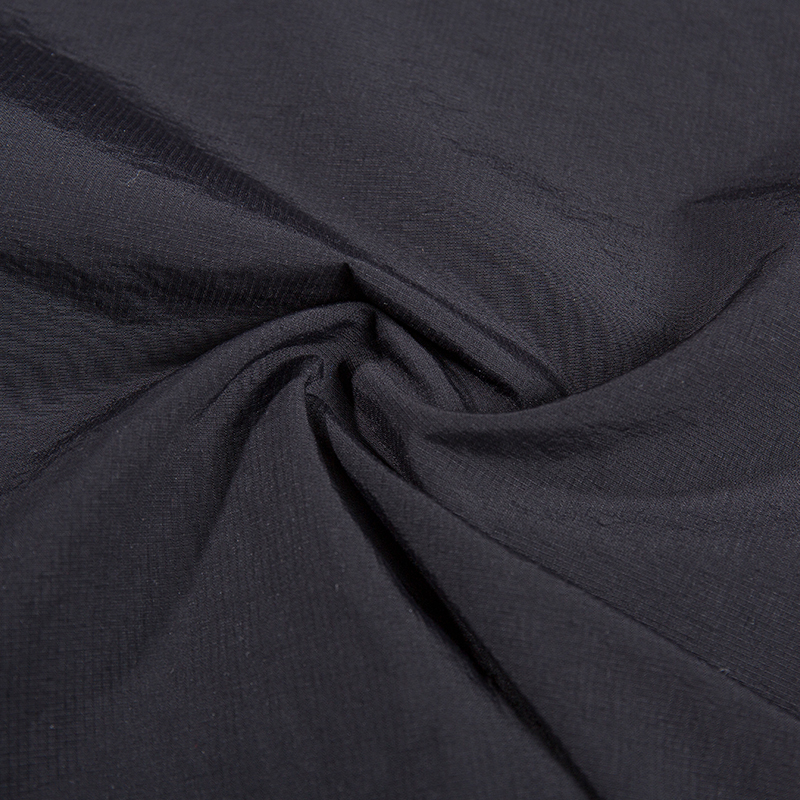
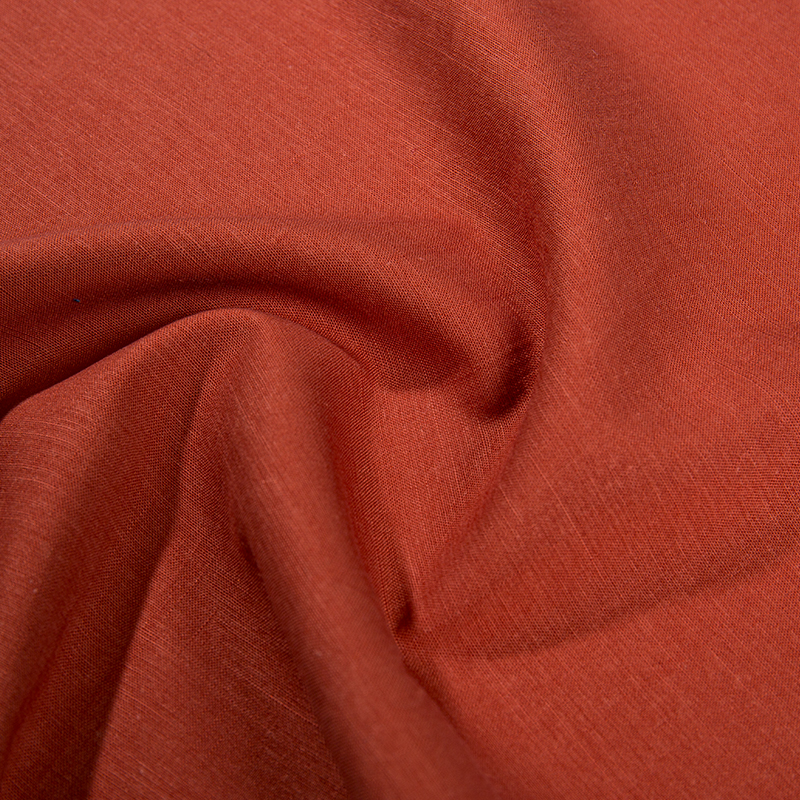
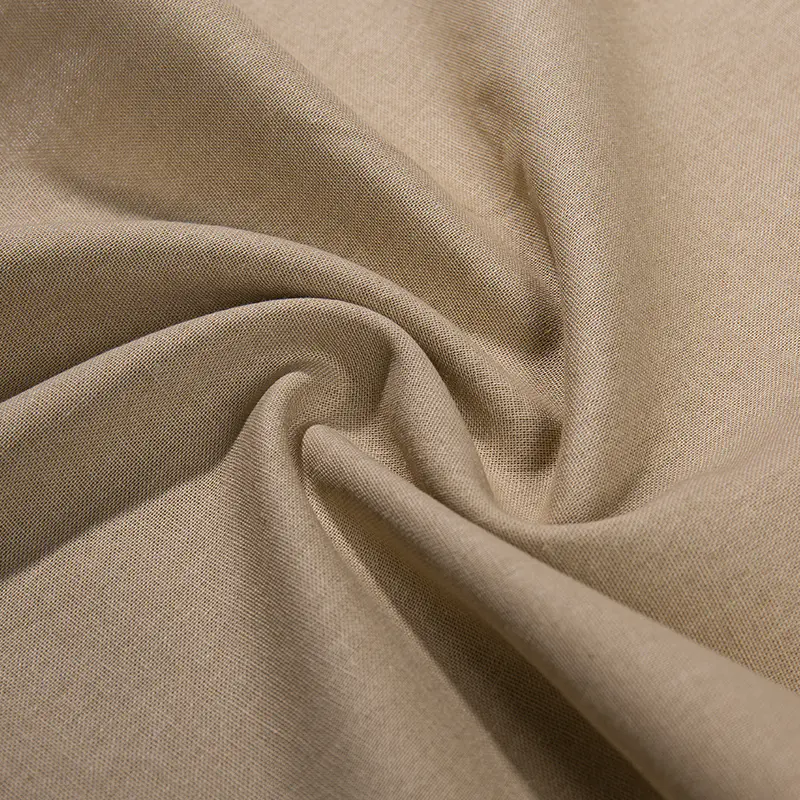
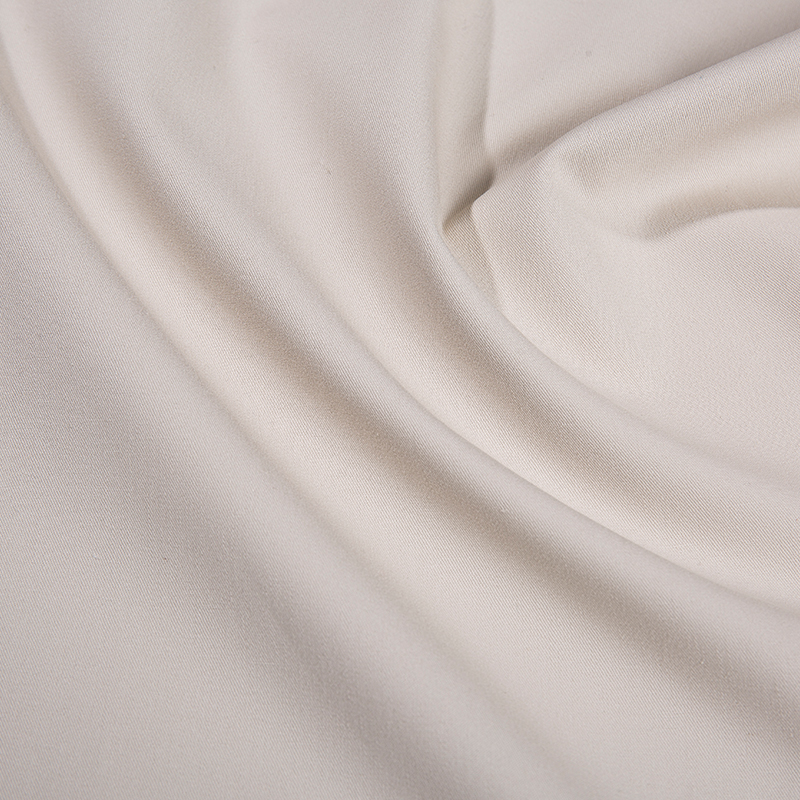

 Add: Beside National Highway 330, Zhuge Town, Lanxi City, Zhejiang Province, China
Add: Beside National Highway 330, Zhuge Town, Lanxi City, Zhejiang Province, China Phone: +86-579-89022355
Phone: +86-579-89022355

